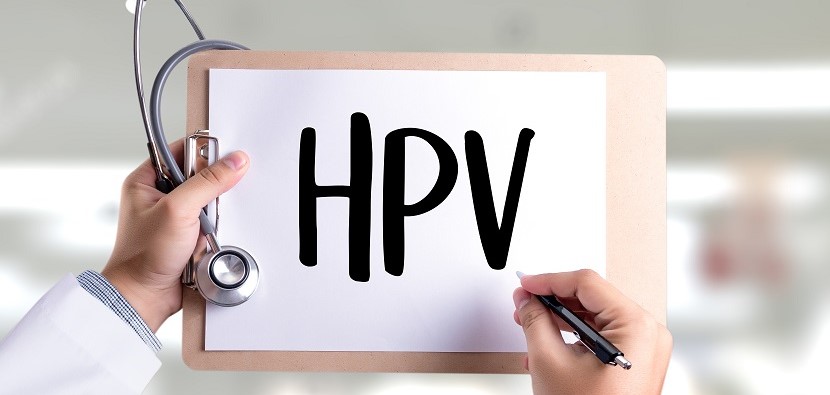
More Information About HPV : Part 2
When a woman has a Pap smear, the results are either normal, or show changes in the cells, which are graded in three categories. Each category is used to calculate the individual risk of a woman to progression to cancer, and generates a plan for management: either the need to monitor more frequently, or initiate treatment. Over the last decade the knowledge about the role HPV plays in the development of cervical cancer has changed the monitoring guidelines. Today, tests are available to determine the presence and the subtype of the HPV. If positive, and in particular finding Type 16 and 18, which alone cause about 70% of all cancers, doctors can predict with greater accuracy the future risk of progression, than was possible with the Pap smear result alone.
Currently Pap smears are advocated either from the time of sexual debut or latest age of 21, until 30, at 3 annual intervals. In this age group HPV testing is discouraged. Many women will be HPV positive, as the infection is recent and the body in the normal process of building immunity and getting rid of the virus itself.
From age 30 it is recommended to have a Pap smear AND HPV testing (concept, called co-testing) every 5 years. If the results are showing changes in the cells and/or presence of a high-risk type HPV, appropriate measures are advised and screening frequency is adjusted.
Government health systems and private insurers recommend that tests after the age of 65 are not needed, but with the increasing life expectancy this concept is changing, and it is an individual decision between a woman and her care giver to make.
The recognition of the virus as causative agent of cervical cancer led to the development of preventative vaccines. The first one, approved for human use in 2007 offers protection for type 16 and 18, plus type 6 and 11, which cause anogenital warts. The latest version has been available since 2018, and covers the four, plus five other high risk types. The vaccines are approved for women from age 9 to 27 and many health insurers and government health systems are willingly paying for them.
The timing of vaccinations is of great importance. They offer protection by building immunity, so they prepare the body to respond adequately before it encounters the infection. After sexual debut the HPV would come in contact with the cervical cells, and if the vaccine is given years later, and after several sexual partners, its efficacy will be lower. Hence, the young teenager is the “best target” for vaccines, and their mother or care-giver should be given enough information and guidance on the matter. There are benefits in vaccinating later too, but if the encounter with the high risk types has happened, or warts have been present, the protection is diminished. In older women, who might have had one partner for a long time, but after events like divorce or partner’s death would change lifestyle, a vaccine might help reduce the risk.
The vaccine offers a great degree of protection, but is no guarantee against cervical cancer. Hence, it does not eliminate the need for regular gynaecological examinations. It does, however reduce the frequency of visits, and if Pap smear and HPV tests are normal, the examination can be repeated after 5 years, instead of annual.
Mothers of boys may consider immunising them too. While not part of current health recommendations, as it will not give them much personal health advantage, it would protect their sexual partners in the future, help build “herd”immunity and maybe even eliminate the high risk HPV!
Copyright United Family Healthcare 2014 All right reserved - 京卫网审[2014]第1927号 - 京ICP备13017554号-4



